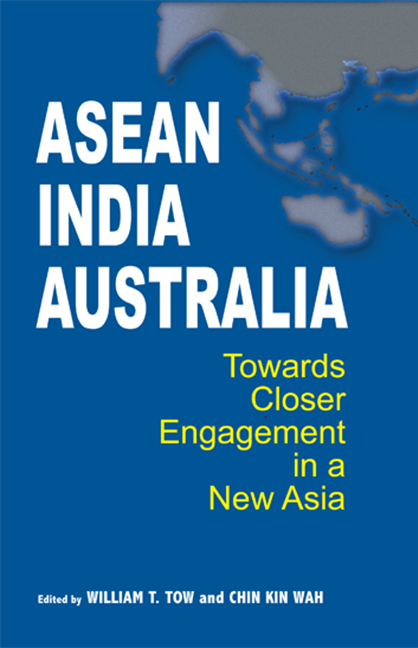Introduction
Published online by Cambridge University Press: 21 October 2015
Summary
Two incidents help to explain the reason for this book, a book about a new, constantly interacting world, yet a world in which local skills, history, and emotions reach out more widely and potently than ever before.
In 2008, a news item highlighted aspects of old and new times: the Indian Navy pursued pirates in the Gulf of Aden and sank a Thai vessel that pirates had hijacked. “An Indian Navy, sinking a Thai boat in the Arabian Sea?”, many consumers of English language media would have asked. “When did India become a great seafaring power?” Surely it should be the Royal Navy or the U.S. Navy that squared off with maritime malefactors? And “pirates”? The word returned to common use in 2008, not in reference to musical comedy or Hollywood swashbuckling, but to sea-borne criminals threatening shipping from the Suez Canal to the Strait of Malacca.
In 2008, too, the city of Mumbai was attacked by a handful of terrorists from dusty Punjab in Pakistan who slipped into the city from the sea. The police who interrogated the sole surviving attacker took hours to make sense of him because “the Mumbai Police officers … were Marathi speakers, unable to communicate with the south Punjab resident.”
The task that this book sets itself — the task the Mumbai police wrestled with — is to understand local subtleties and nuances within the larger context of globalization. The “actors” in this book — India, Australia, and the ASEAN countries — might once have seemed an unusual combination. For the first two generations after the Second World War, these were distant neighbours and an unlikely triangle. Australia, to be sure, had interests in Southeast Asia, but these varied enormously — from confrontation with Indonesia and war in Vietnam, to military bases in Malaysia. In spite of assertions about things in common, India and Australia struggled to find genuine partnerships either in diplomacy or commerce. And India, champion of a global non-aligned movement, did not begin to “look east” until the 1990s.
So much has changed, as the present book illustrates. Emerging from ascetic stand-offishness, India, since the 1990s, has sought recognition as a conventional “great power”.
- Type
- Chapter
- Information
- ASEAN-India-AustraliaTowards Closer Engagement in a New Asia, pp. xxi - xxviPublisher: ISEAS–Yusof Ishak InstitutePrint publication year: 2009



